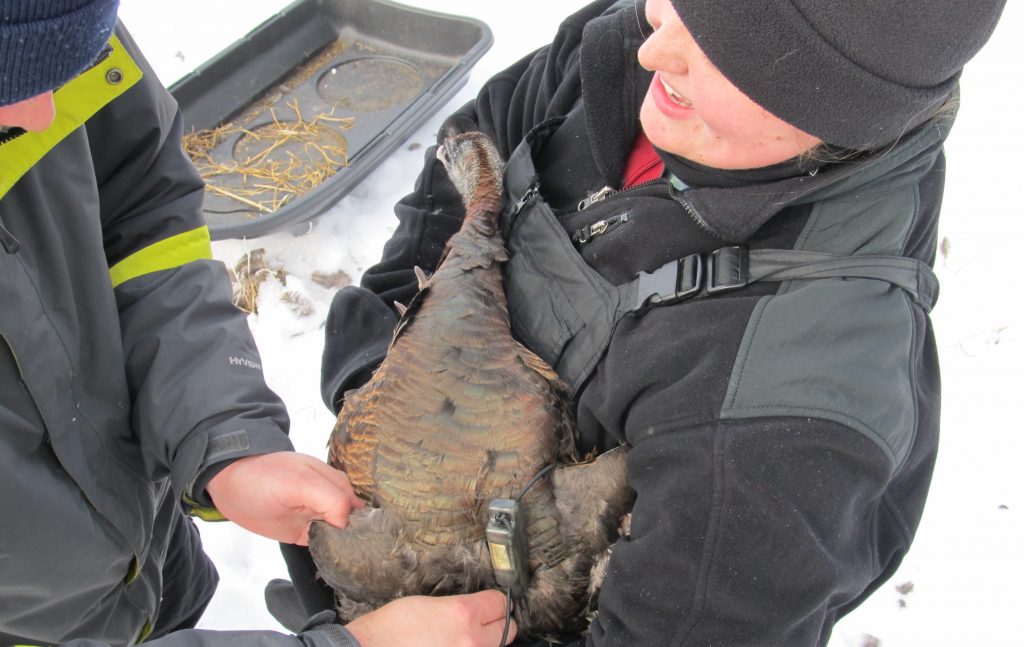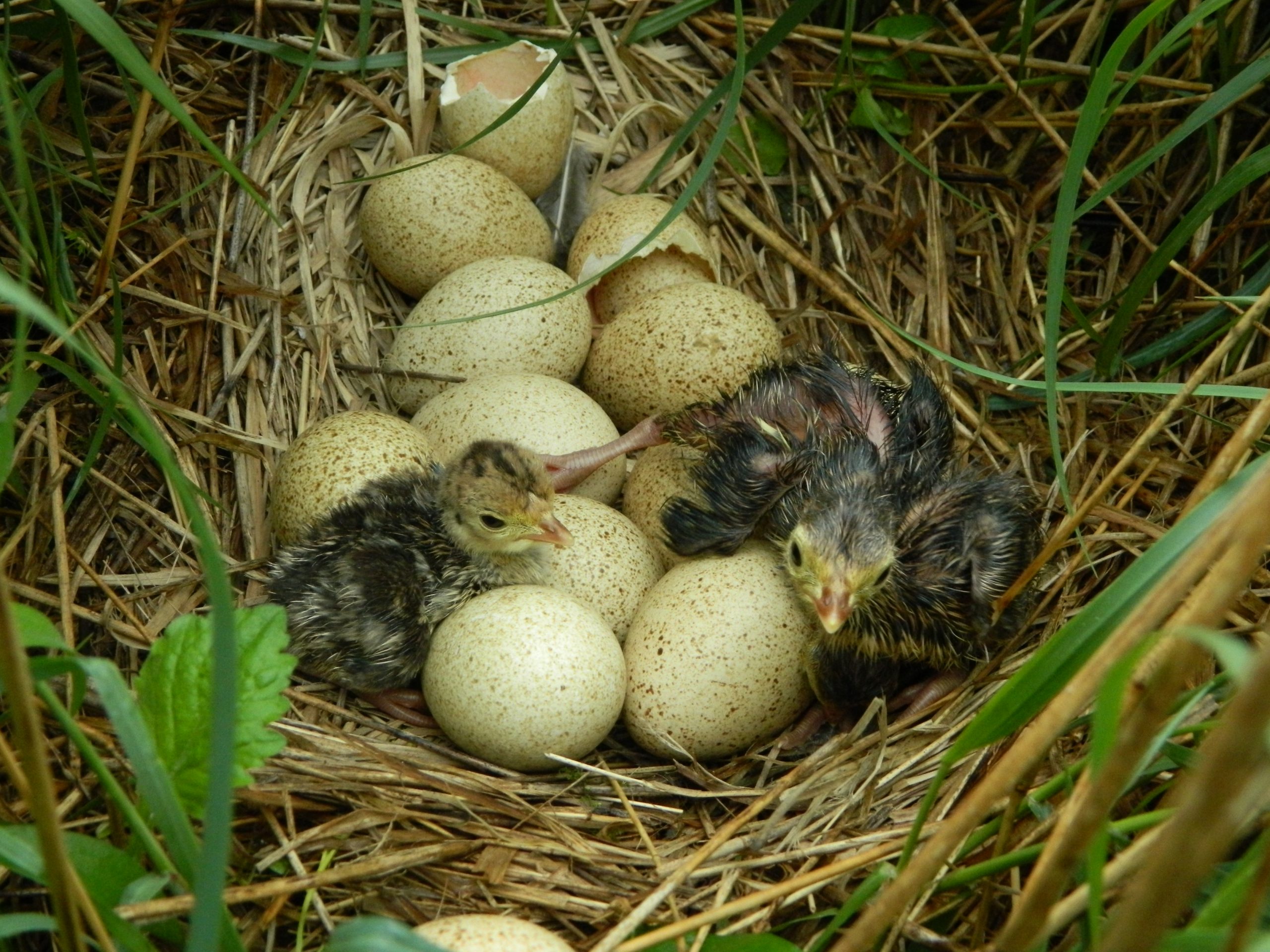Cutting-Edge Research Aims to Safeguard Wild Turkey Populations in Wisconsin
Wildlife managers in numerous Eastern U.S. states have observed decreasing patterns in yearly Eastern wild turkey offspring and have proposed that a diminished number of successful hatches could influence declines in local populations.
In Wisconsin, a new research initiative intends to shed light on crucial aspects of turkey survival, recruitment (when new individuals are added to a population) and population dynamics (the factors that affect the increase, stability and decrease of populations over time) using innovative methods and technology.
The heart of this research lies in understanding the survival and growth of Eastern wild turkey populations in the Midwest. The project centers on Wisconsin's Eastern wild turkey subspecies as researchers develop a comprehensive picture of the turkey population's health.
Currently, the Wisconsin Department of Natural Resources employs a variety of surveys to monitor turkeys' recruitment and track population trends. These encompass information gathered from the Snapshot Wisconsin trail camera network, which includes approximately 2,000 cameras across the state.
As part of its 2023 investment in wild turkey research, the NWTF is helping fund new research led by Christopher Pollentier, upland game bird research scientist at the Wisconsin Department of Natural Resources. The research will expand the use of these trail cameras, incorporating wing tags and GPS/VHF transmitters to estimate accurate wild turkey recruitment metrics for each of Wisconsin's turkey management zones.
"Annual production is an important driver that affects abundance and can have a profound impact on population growth in wild turkeys," Pollentier said.
Recognizing the significance of this, obtaining accurate and dependable assessments of the hatches and population trends becomes essential for crafting effective management goals for wild turkey populations.
Over a span of two winters, the research team will live-trap wild turkeys and place uniquely identifiable wing tags on a total of 50 turkeys within each landscape, with a minimum of 30 tagged hens.
The research team will concentrate trapping efforts in regions where they have identified groups of turkey hens through the Snapshot Wisconsin trail cameras. This strategic approach aims to optimize the chances of turkeys tagged with wing identifiers to be observed on the Snapshot Wisconsin trail cameras after release.
Pollentier and his team will also attach GPS and VHF transmitters to 30 hens annually. These transmitters will enable continuous tracking of the hens' movements throughout the spring, summer and fall seasons. This collected data will help estimate the survival rate of poults, along with turkey behavior and habitat preferences.

The trapping and tagging procedures will occur within three distinct study sites spread across Wisconsin: the northern region of Iowa County, Sandhill Wildlife Area in Wood County and Clam Lake in the northeastern corner of Sawyer County.
In tandem with the tagging of wild turkeys, researchers will use the Snapshot Wisconsin trail camera network to capture images of turkeys in the three study areas. Officials will use the trail camera data to estimate the ratios of poults-to-hens, assess brood size and determine the proportion of hens that have successfully raised their young.
By using different methods to monitor turkeys, researchers aim to create more exact estimates of the number of turkeys successfully hatching in each management zone.
"Having flush counts as well as photos of the same broods gives us an opportunity to compare changes in poult counts from these two methods and will make the data from trail cameras alone more useful at the conclusion of this research,” Pollentier said.
As wild turkey populations face difficulties and declining or unstable numbers, the research results offer crucial insights into the reasons behind these changes. Precise calculations of recruitment measures and population trends equip decision-makers with information to create focused and successful strategies for managing wild turkeys.
This information is vital for Wisconsin's Turkey Advisory Committee, as it guides decisions about hunting limits and informs future turkey management plans. These findings also have the potential to extend to other regions to help guide management decisions throughout the wild turkey range.
This project is one of 10 new research projects across nine states the NWTF is funding, with $582,374 invested among these vital projects. These projects are part of a nearly $9 million investment into wild turkey research in 2023, supported by the NWTF, its state chapters and its partners.
